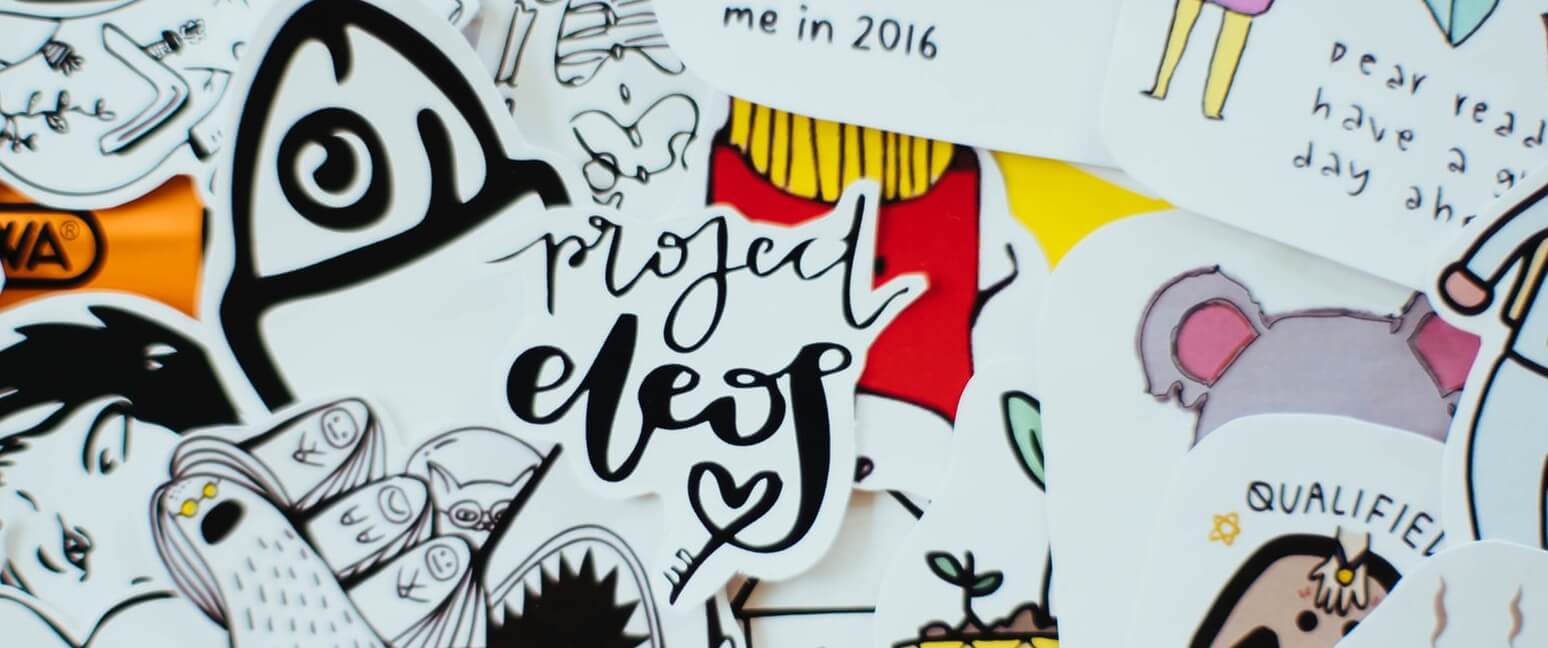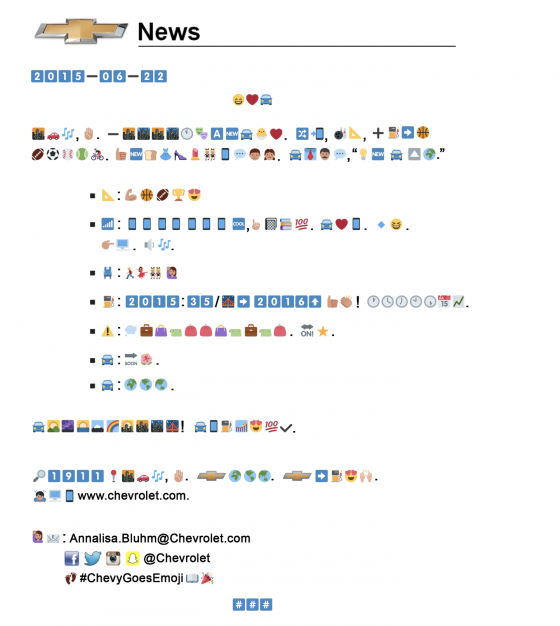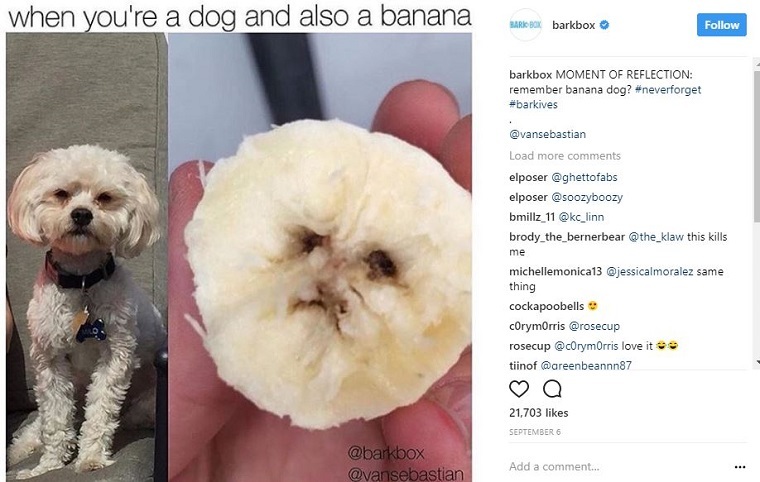Marketing through memes: How to do it right
- Last Updated : August 17, 2023
- 9.1K Views
- 8 Min Read

When we talk about social media marketing, a lot of our discussion is focused on engaging with your audience—be it directly talking to them, or creating content that sees a lot of engagement. By now, it’s well known that no matter what industry you’re in, what size your company is, or what your overall marketing strategy is, engagement is key to achieving your social media goals. To your social media campaigns, engagement is literally a matter of life and death.
If you’re on social media, you’ve already heard of memes. You also already know that they’re the most highly engaging type of social media content of all time. I think you know where I’m going with this. Can you use memes to market your brand?
Believe it or not, memes have been around since long before social media even came into existence. The word, coined by Richard Dawkins, literally means something that “goes viral.” He defined it as “an idea, behaviour, or style that spreads from person to person within a culture.” So, technically, democracy was a meme, as well as every major religion.
With the advent of the internet, however, memes have been completely redefined. Now, they’re almost always funny, and in the form of either a video, or a picture with a clever caption. But they still go viral very quickly, and that’s precisely why your brand should probably take notice.
Why memes for marketing?
Given how popular memes are, it could be tempting for you to jump in straight away. But you’ll need to stop and take stock of whether they can actually help your brand before deciding to use them as a marketing tool.
Here are some reasons why you should consider using memes as part of your social media strategy:
Memes are cheap
Among all the content you can create on social media, memes are as inexpensive as they come. If you’re creative enough, they also won’t take much of your time either. All you need is your idea, your meme template, and any basic editing tool. You don’t need to create an original image or video yourself, and you can play off existing media by just adding a caption or a twist. Oh, and you don’t even need to have any designing skills!.
Using memes can save you and your brand both time and money that you would’ve needed to produce original content, and now you can use these resources elsewhere.
Wildly shareable
I know I said it before, but I’ll repeat for emphasis—memes are probably the most shareable content on the internet today. A large part of it probably has to do with humor, and funnier memes will usually get more traction than others.
More shares means more engagement, and can go a long way in establishing your brand awareness.
Take advantage of trends
Another reason why memes can work for your brand is that they are often very closely related to current trends or events. Some memes become so popular that they become trends themselves. This allows your brand to seem more human, modern, and in touch with what’s going on in the world.
When you’re keeping up with trends, commenting on them, and maybe even adding a twist to them in form of memes, your brand will seem more friendly, and approachable. This is a great way for you to boost engagement on your profiles.
How to use for memes for marketing
1. Make sure your meme matches your brand’s voice
Like any other type of content you create, your memes should also ideally stick to the brand voice that you’ve developed. While you might instinctively know what memes will appeal to your audience, it’s a good idea to clearly define what kind of memes you’re going to share, and what your humor is going to be like, so that you maintain brand consistency at all times. Memes have become mainstream, and you’ll find brands of all sizes and industries indulging in an occasional meme to promote their products. But memes can be anywhere from edgy and rude, to extremely random and weird, so it’s important to understand where your brand falls along that spectrum.
The best way to do this right is to simply define your brand voice, and then make memes that correspond to that. But how do you identify your brand voice? That depends on the attitudes that your brand wants to communicate, and who your target audience is. For example, if your brand makes sports wear, you might want to have an energetic, active voice. A relaxed, calm tone might not work as well. But if you’re selling products like beanbags or cushions, you might want to adopt a more relaxed tone.
To define your target audience, all you’ll need to do is create a sketch of your ideal customer. Be sure to be as specific as you can, and take it a step further by giving your ideal customer a name, an age, a backstory, and a nickname. This will help you see them as a real person with real needs, wants, and feelings. Connecting with your ideal customer will also help you create content that’s perfectly suited to them.
Try going into as much detail as possible—your ideal customer should have as much data as you could get from a person over a short conversation.
With this information, you’ll be able to clearly identify the best way to talk to them, and consequently, the kind of humor and memes that they’re likely to enjoy.
2. Know your memes
While memes seem really simple to make, they’re really not. You’ll need to fully understand the specific memes, the formats they’re in, and what the memes are for. There’s a lot of very specific “meme-lingo,” and different phrases can only be used in conjunction with specific images.
This is why it’s important that you’re either a native meme-speaker, or you hire someone who is. If the content that you create is even slightly off, it’s going to be painfully obvious to your audience. Your brand will then come off as someone who’s trying too hard to be cool, and that’s never a good thing.
For example, take a look at this attempt by Chevrolet, where they decided to speak in emoji to appeal to their followers.

Ouch.
3. Use memes that are relevant
The only sad thing about memes on the internet is that they eventually die and are replaced by new, fresh memes. Each meme has a lifespan, and as a meme marketer, you’ll have to respect that.
Let’s face it, the days of Bad Luck Brian and Overly Attached Girlfriend are over. Sure, you might be able to come up with hilarious memes for your brand around these templates, but they’re over. Resist the temptation. Using these memes now will make you seem horribly out-of-touch, even if your audience finds it funny. Sometimes, some memes are “in” only for about a couple of days, before which a new template takes over. This is why having a dedicated meme-speaker is super important, because even a days’ delay can be the difference between looking fresh and looking out-of-touch.
Imagine someone telling you a joke about the 2002 world series now. It could be funny, but… why?
4. Make your own memes
Another thing that you can do is create your own, original meme content. If you’re able to take a particularly “meme-able” picture of your product, you can use it to create your own memes, and that’ll increase the likelihood of your content being shared by your audience.
When you make your own memes, there’s a lot that you’ll have to keep in mind. Apart from the source material, you’ll have to decide on a format, and some relatable, funny content for it, as well. Are you going to use a picture, a video, or a GIF? What font are you going to use? This will probably take a little bit more time, energy, and creativity than what you’d need when you use existing templates, but this can be totally worth it.
Some great examples of this come from the pet industry. Virtually everyone loves animal memes, and if you’re in this industry, you can take advantage of this and create lots of original content. Here’s an example from Barkbox:

Memes like these are evergreen, but sometimes you’ll be coming up with memes that are very topical. When you make memes like that, make sure the topic that you choose is trending—even your original memes should be relevant.
5. Take part in meme challenges or contests
Every now and then, you’ll see social media challenges that are styled like memes. These can spread like wildfire, and if your brand can take advantage of this to promote yourself, you’ll be able to get a lot of eyeballs on you.
One popular challenge of late was the Ten Year Challenge. It was simply pictures of people showing off their transformation from how they looked ten years ago versus how they looked in the present. Kaya Skin Clinic, did this for their challenge.
While that was a creative way to advertise their brand, Zomato, a food delivery app, added a twist to it, and made a 10 minute challenge.
Look out for opportunities like this, and be sure to creatively add your own twist to these challenges.
6. Repurpose user-generated memes
Memes, by definition, are meant to be shared, and that gives your brand lots of opportunities to share relevant memes from other meme creators. You’ll have no problem finding people who are okay with you sharing their content—some of them even actively encourage it—and some may actually ask for you to share their content for them. However, as good practice, you should probably get permission from the creator of the meme if you’re going to share it on your feed.
When you post memes by other people on your feed, try to come up with your own tag, or addition to their jokes. Your audience will appreciate the fact that you put in some effort and added another layer to the original joke. However, it’s perfectly fine to repost memes as-is, and credit the creator for their work.
If feasible, you can even run meme-making competitions. Choose a particularly meme-worthy picture, put it up, and then ask your followers to make memes based on it. If possible, you can even work your brand into the photo somehow, but be aware that there’s a good chance that some people make jokes about your brand when you do this. You could repost your favorite ones on your profile later. This is a great way to drive engagement to your brand.
7. Don’t overdo it
Finally, remember that memes are not your main content, and can only be supplementary to other types of content that you’re creating. You’ll need to come up with original content for your channels, and use memes occasionally to drive engagement for your brand.
When you make memes, you aren’t going to be adding CTAs, or linking people to a landing page. And if your meme becomes very salesy, it’s not likely to do well—which is why finding the right balance between memes and other content is essential.
Memes are taking over the world, and almost every brand has an opportunity to get in on the action. However, it’s important that you get it right so you don’t come off as trying too hard, or looking out of touch. Hopefully, the tips in this article will help you use memes for successfully promoting your brand.
Know of anything we’ve missed, or have something to discuss? Let us know in the comments section below, and we’ll get in touch with you ASAP.
 Vishal
VishalContent writer at Zoho Social, stand up comedian, and lover of dogs. I read a lot.


